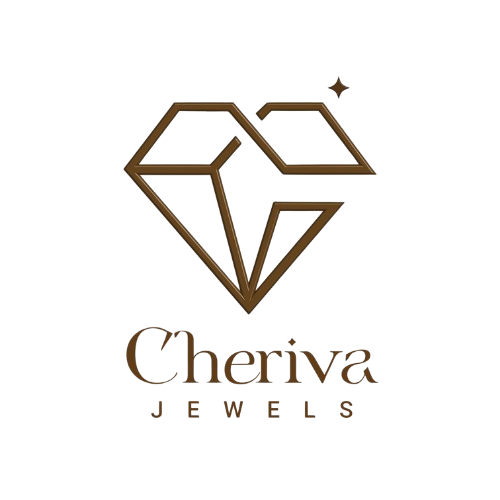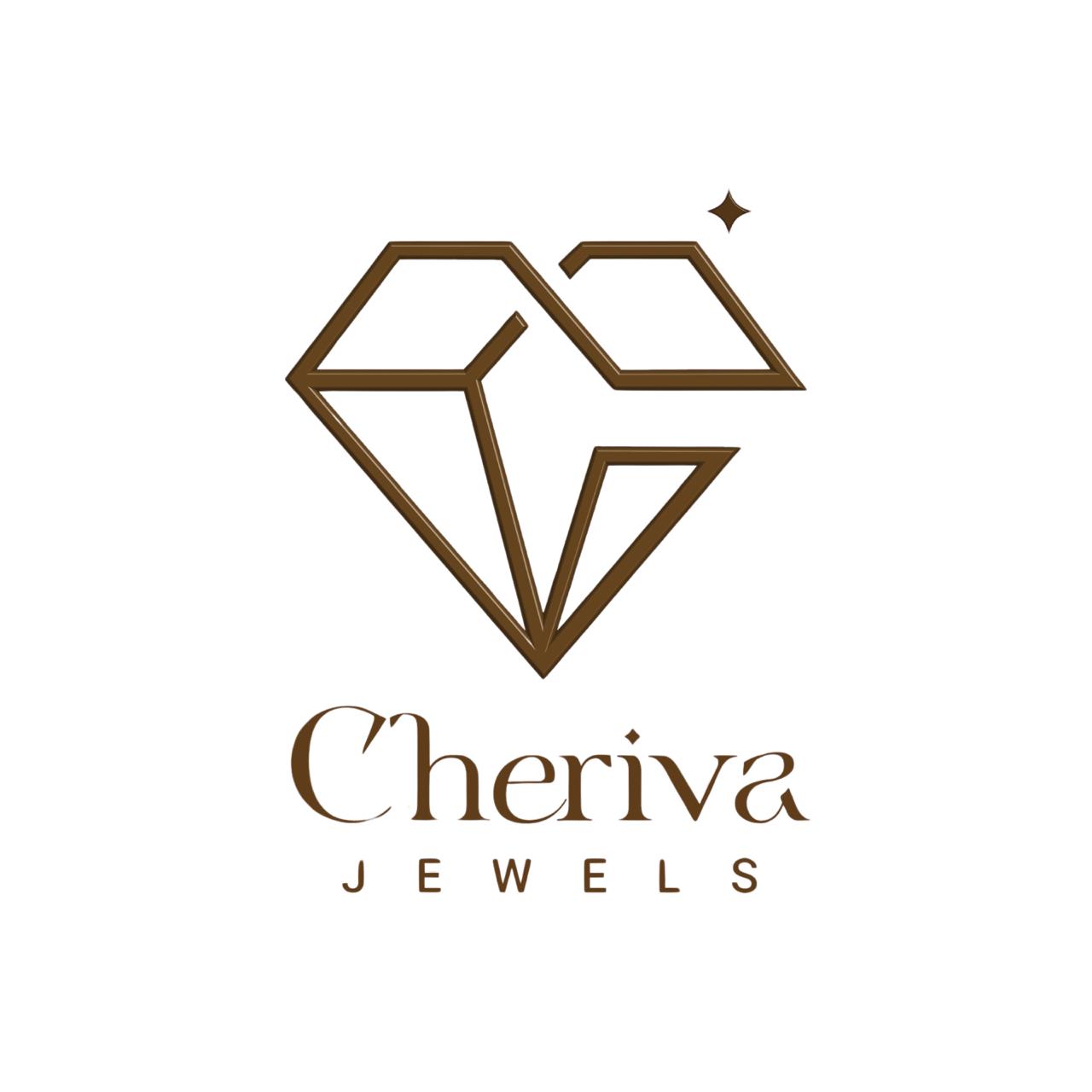
July Birthstone Ruby | Meaning, History, Properties and Jewelry Guide
Introduction:
The birthstone for July is one of the most admired and enduring gemstones in human history Ruby. Known for its deep red tones and powerful associations, ruby has long been valued in both ancient and modern cultures. People have worn it not only for its color but also for the qualities it was believed to carry energy, courage, and emotional intensity.
If you're looking to buy or gift a gemstone for someone born in July, ruby jewelry offers a strong, meaningful choice that combines history, natural strength, and personal significance.
Ruby | Birthstone of July
What is Ruby?
Ruby is a variety of the mineral corundum, the same family as sapphire. Its deep red color comes from trace amounts of chromium within the crystal structure. Among all colored stones, ruby is considered one of the big four precious gems, alongside sapphire, emerald, and diamond.
While rubies can range in tone, the most admired ones are those with a strong, balanced red not too dark or light. This deep red color makes ruby a preferred choice in both traditional and modern jewelry.
Meaning and Personal Connection
Rubies are often chosen by those who want to express inner strength or mark major life milestones. In many cultures, ruby has been viewed as a stone of boldness, focus, and energy. For centuries, warriors, leaders, and artists alike have worn ruby as a symbol of motivation and emotional clarity. It’s believed to fuel drive, help overcome fears, and support a clear sense of purpose.
History and Cultural Significance of Ruby
Ruby’s history stretches back thousands of years. Ancient Indian texts referred to rubies as the ratnaraj, or king of gemstones, and they were often used in religious offerings and royal reward.
In Burma (now Myanmar), ruby was mined as far back as 600 AD and was thought to protect warriors in battle. Burmese soldiers even inserted rubies into their skin before battle.
In medieval Europe, people believed rubies could warn of danger by darkening in color. These cultural stories are part of why rubies remain such a sought after gem for both collectors and everyday wear.
Where Are Rubies Found?
Major Ruby Producing Regions
-
Myanmar: Known for some of the highest quality rubies in the world, especially those from the Mogok region.
-
Thailand: A global trading hub for rubies, particularly from the Chanthaburi area.
-
Sri Lanka: Produces lighter pinkish red rubies.
-
Mozambique: A newer source offering rubies with striking natural qualities.
Ruby Properties
Physical Properties
Ruby scores 9 on the Mohs hardness scale, just below diamond, making it one of the toughest natural gemstones available. This makes it suitable for daily wear in rings, bracelets, and other high contact pieces.
It’s also resistant to scratches and heat, giving it long term reliability in any form of jewelry.
Optical Features
One of ruby’s most interesting features is asterism, a star-like light pattern that appears on the surface of certain stones when cut properly. These are called star rubies, and they’re usually cut as cabochons to highlight the star effect.
Some rubies may also glow under ultraviolet light, due to the chromium content. Natural rubies often have tiny inclusions known as silk, which are fine rutile needles. These are not flaws but part of the gem's natural fingerprint.
Ruby Jewelry | What to Know Before Buying
Popular Ruby Jewelry Styles
Rubies are widely used in many types of jewelry:
-
Ruby rings, especially in combination with diamonds, are often used for engagement and anniversary gifts.
-
Ruby pendants and necklaces add a touch of intensity to formal or festive outfits.
-
Earrings and bangles featuring rubies are popular in both minimal and traditional Indian designs.
Quality and Grading
When evaluating ruby, the following factors affect value:
-
Color: The most preferred rubies are neither too dark nor too light, with strong saturation.
-
Clarity: Most rubies contain inclusions, those without visible ones are rare and expensive.
-
Cut: Well cut rubies bring out the inner light and maintain Ratio.
-
Carat weight: Larger stones increase in price Enough.
Treated vs Natural Rubies
Many rubies on the market are heat treated to improve color and clarity. This is an accepted practice, but untreated rubies, especially those from Burma, command much higher prices.
Natural vs Lab Grown Rubies
Lab created rubies are chemically identical to natural ones but are grown under controlled conditions. They are more affordable and often flawless, but they do not hold the same resale value or historical significance.
Ruby Pricing Guide
Ruby prices vary widely, starting from a few thousand rupees per carat to several lakhs. The most critical factors include:
-
Origin: Burmese rubies fetch premium prices.
-
Color balance: Stones with neither brown nor purple undertones are preferred.
-
Transparency and clarity
Ruby and Zodiac Compatibility
Rubies are aligned with Cancer (June 21 - July 22) and Leo (July 23 - August 22) both zodiac signs that fall within July.
-
For Cancer, ruby is believed to offer emotional stability and inner confidence.
-
For Leo, it’s considered a gem of boldness, supporting their leadership and creative energy.
Ruby vs Other Red Gemstones
Not all red gemstones are rubies. Here's how ruby compares to similar looking gems:
|
Gemstone |
Main Difference |
|
Ruby |
From corundum, higher hardness and value |
|
Garnet |
Lower hardness, deeper wine red color |
|
Spinel |
Often confused with ruby, lower cost |
|
Red Tourmaline |
Softer, slightly pinker tone |
How to Care and Clean Ruby Jewelry
Cleaning Tips
-
Use mild soap and warm water to clean your ruby jewelry.
-
Gently scrub with a soft toothbrush and rinse thoroughly.
-
Dry with a soft cloth and avoid harsh chemicals.
Storage and Maintenance
-
Store rubies separately to avoid scratching softer stones.
-
Avoid steam and ultrasonic cleaners for treated rubies.
-
Regular inspections can help catch loose settings early.
Conclusion:
Ruby, the July birthstone, holds a deep legacy of strength, emotional depth, and personal meaning. With a hardness suitable for daily wear and a color that has fascinated people for centuries, ruby is far more than a pretty gem, it's a statement.
Whether you’re gifting someone born in July or adding a powerful gem to your own collection, ruby jewelry offers a piece of nature’s depth combined with cultural heritage.
FAQs
Q1. What is the official birthstone for July?
A: Ruby is the official birthstone for July, valued for its deep red tone and historic reputation for courage and strength.
Q2. What color is July's birthstone?
A: Rubies range from pinkish red to dark red, depending on their origin and chromium content.
Q3. Are rubies expensive?
A: Yes, natural rubies can be quite costly. Price depends on factors like origin, color quality, clarity, and whether it's treated or untreated.
Q4. Can you wear a ruby every day?
A: With a hardness of 9 on the Mohs scale, rubies are durable enough for daily wear, especially in rings or bracelets.
Q5. What is the deeper meaning of ruby?
A: Ruby has long been associated with focus, emotional strength, and the drive to overcome inner conflict.
Q6. Which zodiac signs benefit most from ruby?
A: Ruby is most closely linked to Cancer and Leo, both July zodiac signs. It’s believed to support confidence and balance.
Q7. How to tell if a ruby is real
A: Check for natural inclusions, color balance, and certification from a reputable lab. Many fake rubies look similar but differ under magnification and testing.



